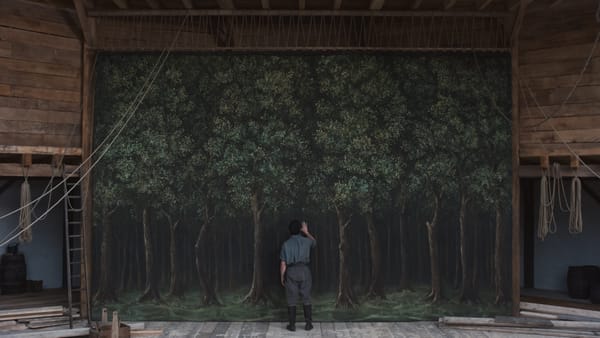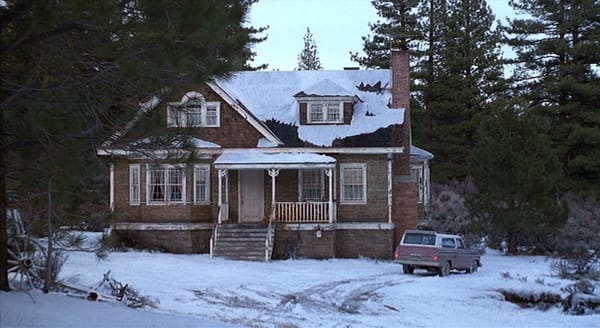Avatar: The Last Airbender: "Chapter Eighteen: The Waterbending Master" and "Chapters Nineteen and Twenty: The Siege of the North"
In which my inner 9-year-old thinks this is the best show ever made
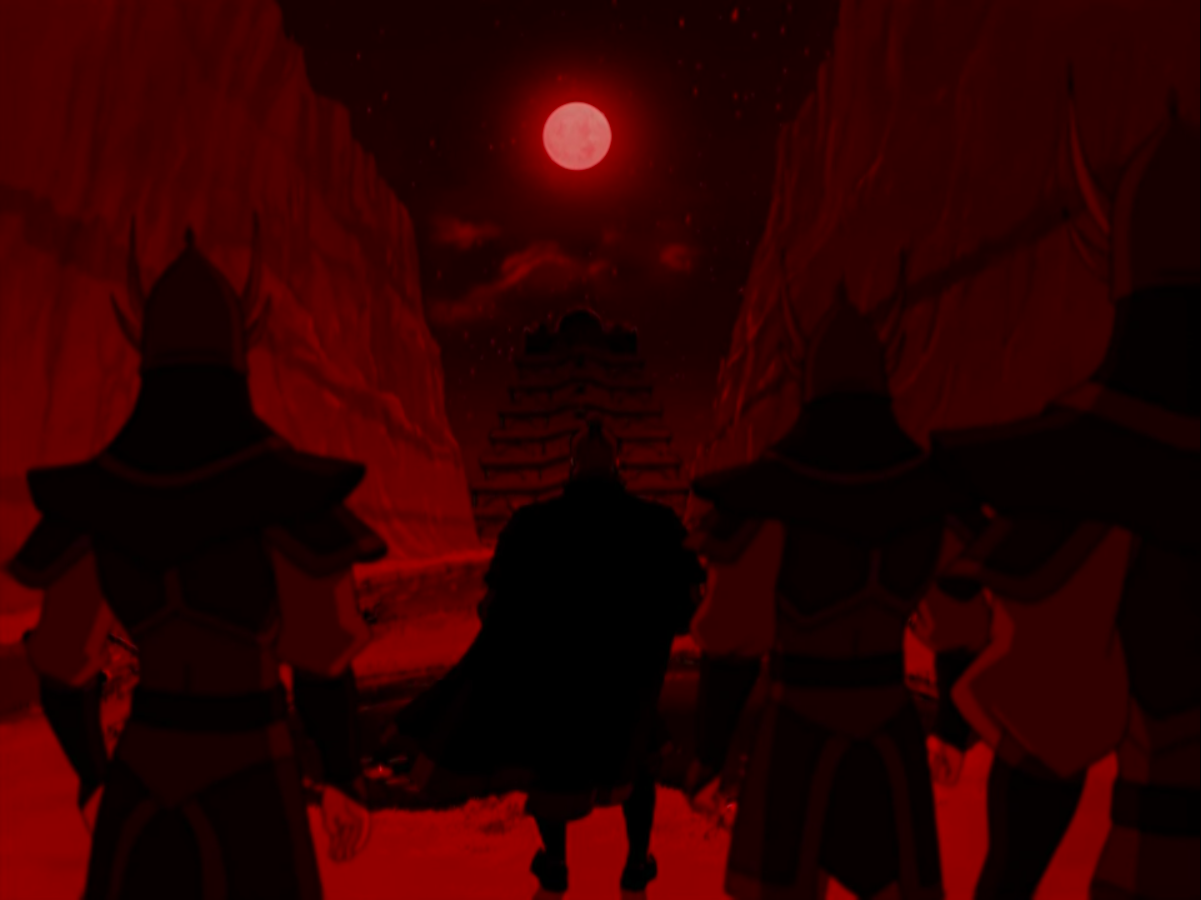
(This is the seventh installment of my weekly recaps of Avatar: The Last Airbender, the Nickelodeon animated series that ran from 2005 to 2008 to much critical acclaim. I’ve never seen it! These recaps are only available to paid subscribers.)
“Chapter Eighteen: The Waterbending Master” (originally aired November 18, 2005)
“Chapter Nineteen: The Siege of the North, Part 1” (originally aired December 2, 2005)
“Chapter Twenty: The Siege of the North, Part 2” (originally aired December 2, 2005)

I’ve been reading back over my reviews of season one as I prepared for this final trio of episodes, and what strikes me about them is how dour I sound about a show I have enjoyed. Some of that is having my expectations set sky high by all the people who love this show. Some of that is my struggle to latch onto Aang as a character. And at least some of it is that this first season is a pretty typical first season of an ambitious TV show that is still figuring itself out.
But a big part of it, I think, is how disconnected I am from the part of myself that would have loved this show when she was little, for all the cool action sequences but also for the fact that it has characters like Katara and Princess Yue to latch onto. I didn’t get to be a little girl, and I didn’t get to watch a lot of kids TV growing up (outside of Christian TV). That double whammy has always made me a little bit of a spoilsport when it comes to shows like this — desperately wanting to get on board but always holding back a little because I don’t quite have the language with which I could appreciate what I’m seeing.
The final three episodes of Avatar season one are fantastic. The two-part finale, in particular, solidifies the show as one I’m itching to watch more of. (It suddenly feels very stupid that I have scheduled my watch of the Shyamalan movie adaptation for next week’s newsletter.) In the back half of its first season, Avatar has figured out what works for it and shown off an impressive long game. One of the single most important episodes in a serialized TV show is the first-season finale, because it finally allows the writers to hint at their big picture with a burst of showmanship. And by that standard, “The Siege of the North” passes the test with flying colors.
But what I’ve been struck by in watching this show is in how easy it is to tap into what a tiny Emily might have thought when watching it. Yes, you have to ignore chronology (even the cis version of myself would have been in her 20s when this show originally aired), but Avatar has given me a language to talk to the part of myself who would have thought this was the best TV show ever made. So I thought I’d bring her in this week and see how she’s feeling now that season one is over. Her name is Jess (because distinguishing between two Emilys would be a headache, and I love New Girl), she’s 9, and we’re going to talk about why she loves this show so much.
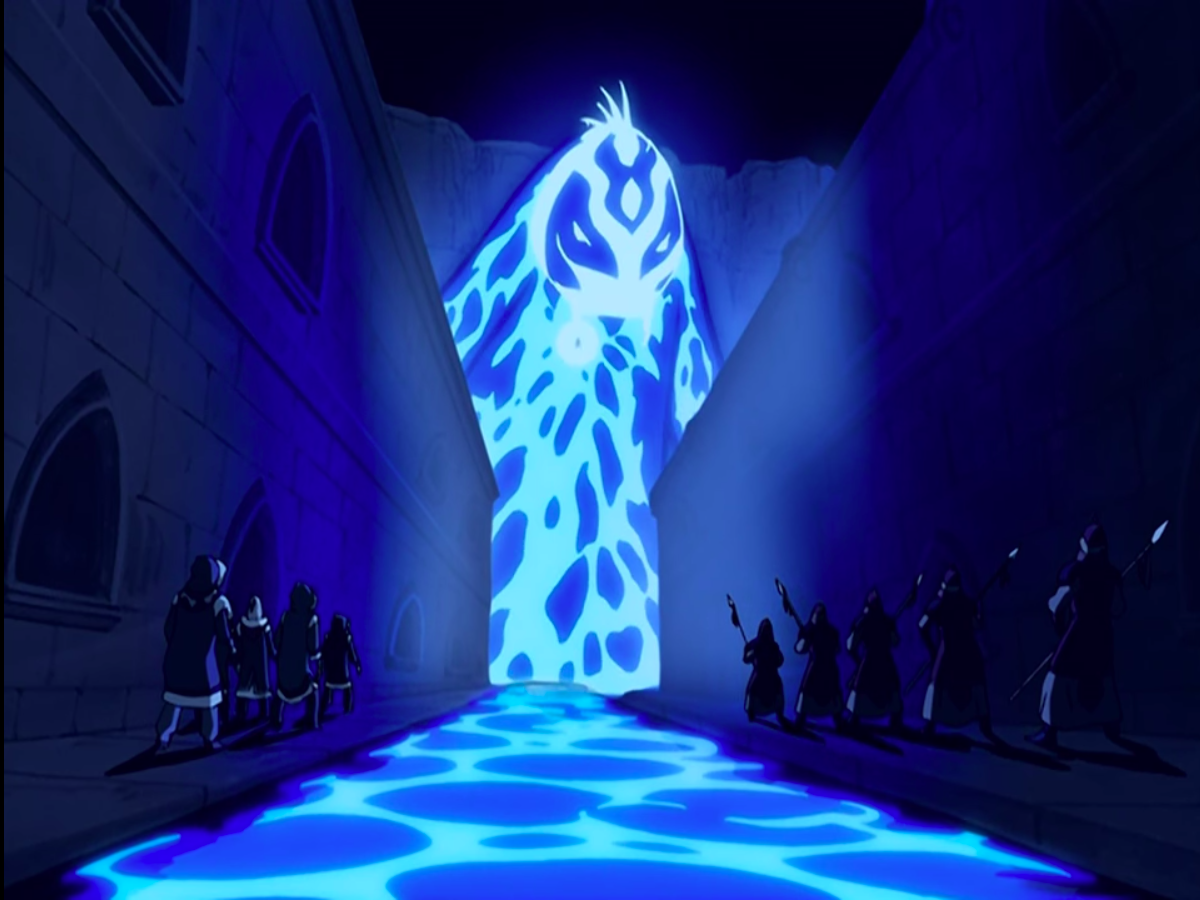
Emily: The final three episodes of Avatar season one are fantastic. The two-part finale, in particular, solidifies the show as one I’m itching to watch more of. (It suddenly feels very stupid that I have scheduled my watch of the Shyamalan movie adaptation for next week’s newsletter.) In the back half of its first season, Avatar has figured out what works for it and shown off an impressive long game. One of the single most important episodes in a serialized TV show is the first-season finale, because it finally allows the writers to hint at their big picture with a burst of showmanship. And by that standard, “The Siege of the North” passes the test with flying colors.
Jess: You just said that.
Emily: I thought it would be a thing that you could play off of, maybe spin into a new discussion topic or something like that.
Jess: I’m 9.
Emily: Right. Well, point-up emoji, those are the reasons I liked these episodes. What did you like about them, Jess?
Jess: Katara got to do cool fighting stuff, and the old guy didn’t want her to learn how to waterbend, but she showed him that she was the best. And then Princess Yue was really pretty, but she died. It was sad, but it was really good, because she got to be the moon. And then Aang was a really big monster, and he got rid of the bad guys. The main bad guy is dead, and Zuko is still alive, but everybody hates him. And now he has a sister, and she’s maybe the worst of all!
Emily: God, the Princess Yue thing is brilliant. I had my doubts that the show would earn introducing such a clearly important character one episode before the two-part finale, then setting her up in a way that would make her ultimate fate land. But I felt torn the fuck up when she died. I mean, yes, I love her whole look, and yes, I would love to be a princess resuscitated by a moon spirit. But what’s striking about her is how quickly she feels integral to the central character dynamics of the show. That goes beyond even Sokka’s crush on her. She just makes sense hanging out with anybody from the core trio.
As a writer, I’m a little in awe of how the show’s team pulls this off. By all rights, Yue’s fate shouldn’t hit as hard as it does, because we’ve barely known her. But by giving the character a borrowed time backstory, going all in on a distinctive look, and creating a star-crossed lovers dynamic with Sokka, the finale manages to make Yue feel like she’s way more integral to the story than she has been all along. If I weren’t writing about the show, I might remember her as having joined the cast really early on.
Jess: And she’s from the North Pole, too! That’s where they’ve been going all season long, and when they get there, you want to see what they can do. And, like, everybody there is really good at waterbending, and they do all sorts of cool tricks, like when Katara made the big thing of ice and then threw little frisbees at Pakku, the old guy who didn’t like her.
Emily: Right! It’s a neat bit of narrative shorthand to place Yue at the North Pole, because we’ve been waiting 17 episodes to get to the North Pole, so it also feels like we’ve been waiting 17 episodes to get to her. It would be one thing if the main person the characters met at the North Pole was someone like Pakku, because we expect them to meet a waterbending master while they’re there. (It’s the title of one episode, even.) But it’s far more clever to introduce Pakku and then offer a brand new character who is a peer of the characters we already know and who just seems super cool as well.
One thing I really liked was how the finale paid off a whole bunch of narrative threads from throughout the season that I didn’t expect to be narrative threads. One of the chief joys of procedural worldbuilding is when the camera zooms way out and you realize the world that has been built all around you. “The Siege of the North” pulls off that trick brilliantly as well, with even characters from the Spirit World ending up as major players in the finale’s story.
Jess, who did you like seeing again?
Jess: The pirates were great! I didn’t think they would be back again, because usually, when they leave somewhere on this show, they don’t go back. But sometimes the people who live there do come back, and that’s always really cool. But then when you see the main bad guy hire the pirates, you’re, like, “Oh no. Oh no, oh no.” But it turns out that they can’t really do anything to Aang.
But I liked when we saw the big panda spirit again too! And I thought Koh might be too scary, but I didn’t get too scared. He was weird, but Aang didn’t get scared, so why should we get scared?
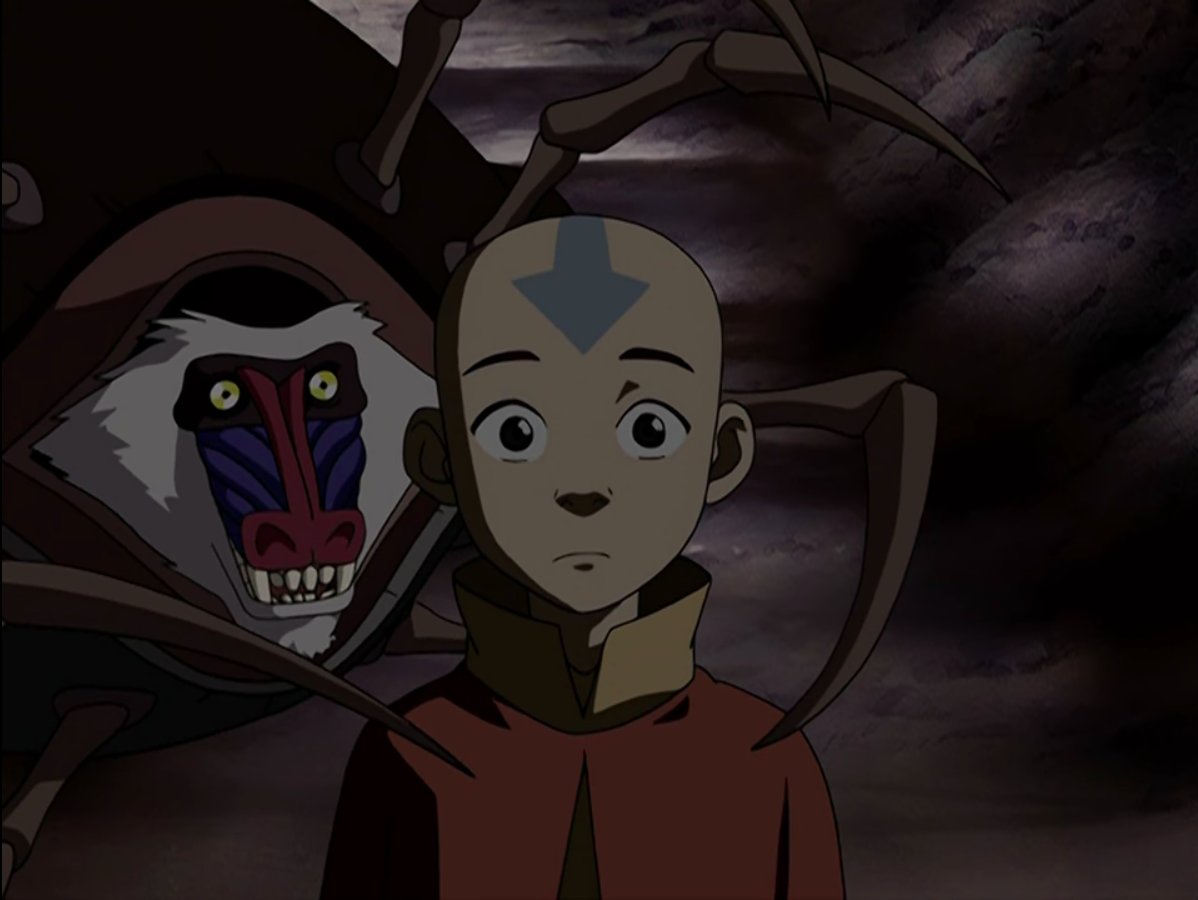
Emily: The integration of the Spirit World is one of those things that I didn’t know the show was going to handle as well as it did here. Before this, the use of spirits has been just a little half-assed. If you had told me last week just how much of the final three episodes of the season would hinge on Zhao trying to crush the moon spirit (who turns out to be a fish), I would have been deeply skeptical that the show could pull it off. But Aang’s sojourn to the Spirit World here had an eerie quality to it that nicely set up the difficulty and the dread of what he had to do. When Zhao kills that fish, it gave me a sick feeling in my gut.
Jess: I thought maybe Katara could heal the fish, but she couldn’t. Yue could, because she had a piece of the moon in her.
Emily: Yeah, I thought maybe Katara would heal the fish, too! That was a pretty cool little misdirect, honestly.
Jess: I liked Zuko more than I used to in these episodes. He’s still really bad, but people aren’t very nice to him, so he just tries to show them that they should be nice to him. And then when I found out that he has a sister who’s way better at everything than him, I got really excited.
Emily: Do you like when there are girls who are villains?
Jess: Kind of? I don’t know. I have to see more of the show. I think so maybe though.
Oh, the one thing I did guess was that the guy Sokka fought with was gonna be Yue’s boyfriend, and he totally was!
Emily: That was a good call, Jess!
I agree that Zuko’s arc in these episodes is really poignant. He’s definitely the character who’s gone on the widest possible journey this season, and I have a feeling that his whole deal with Aang is heading toward an enemies to friends deal.
Jess: I hope not!
Emily: So you and I agree that Katara and Appa are the best, and we agree that Yue is really pretty, and we even agree that Sokka is funny. But we have a pretty big divide over Aang, one that these final episodes have made smaller but not eliminated entirely. (Look, when he becomes a giant glowy fish monster salamander thing and banishes the Fire Nation, it rules. I’m not made of stone, you know?)
Jess: Aren’t you?
Emily: Ha ha. What I’m saying is I like Aang more, and I liked how his choice to stand against the Fire Nation neatly resolved his season one character arc. But I still find myself wanting him to do more.
Jess: Why?? He does so much! He fights everybody, and he takes care of his friends, and he falls in love with Katara. And he has the most superpowers when most people don’t have any superpowers at all.
Emily: You don’t think that’s unfair?
Jess: No? Of course Aang has the most superpowers. He’s the Avatar!
You just want everybody to be sad, because you think that makes them more interesting. But it’s way harder to make somebody who’s really happy and still has to do hard things that he doesn’t want to do! Aang doesn’t want to be the Avatar. He wants to do fun stuff. But he has to be the Avatar, and then he does it even though he doesn’t want to, because that’s what you have to do.
Emily: Honestly? That’s really smart.
Jess: Of course it’s smart!
Emily: No, I hadn’t thought about it that way. Aang is a character who is supposed to seem untroubled but is living through a character arc that is deeply troubled. The tension between those two poles is a big part of who he is and a big part of why I can’t quite latch onto him. (You’re right that I tend to like when people feel like their burdens are too heavy.) The show’s storytelling around him doesn’t always work, but the careful attention the series has paid to the tension that defines his character is why his actions in the finale hit as hard as they do. He’s finally living up to the promise he ran away from 100 years ago, and not a moment too soon.
Jess, thank you for joining me. I hope you’ll come back!
Jess: Of course! This is my favorite TV show.
Emily: Honestly, it might be mine too.
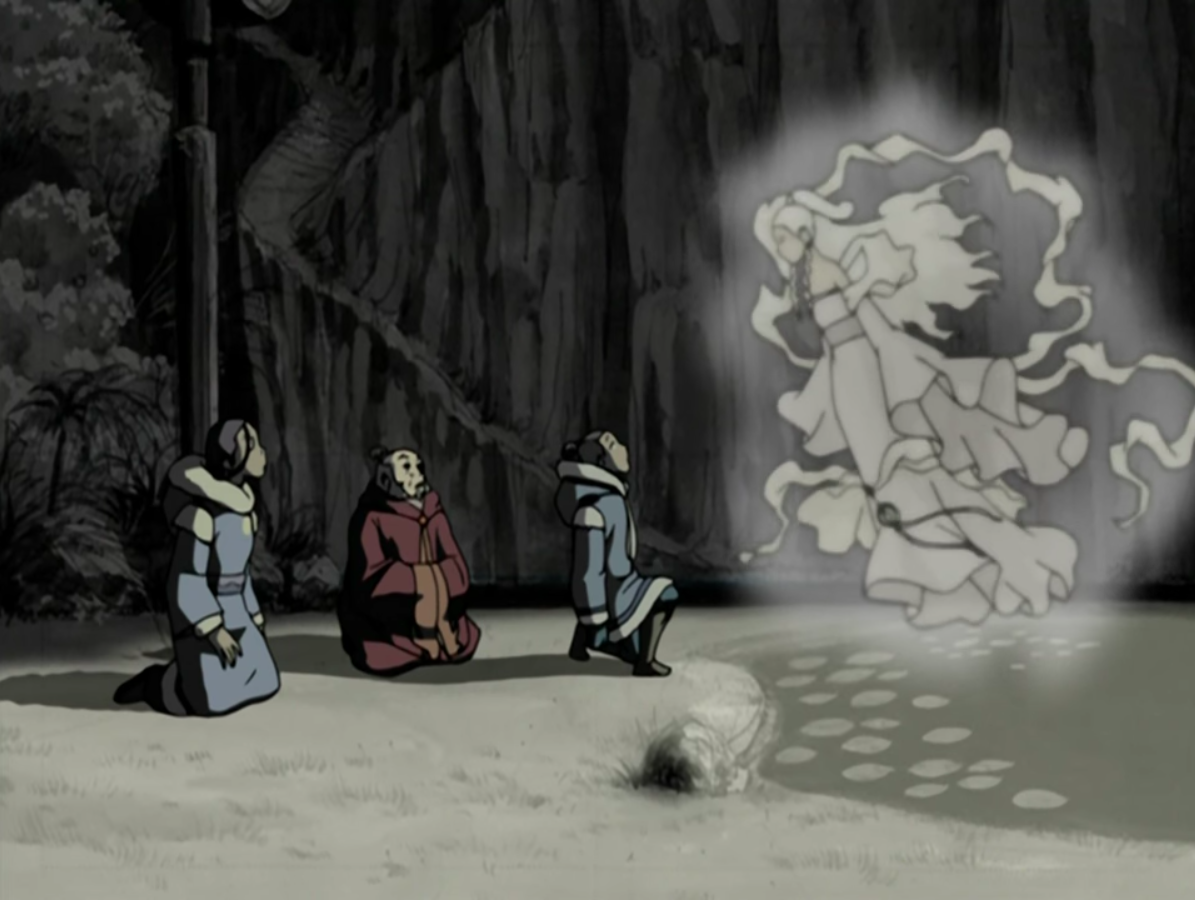
Other thoughts we thought:
- I like the ways that the show hints at a long-ago rift between the South and North Poles and gives you a little taste of what might have happened between them. But it also never quite comes out and confirms anything. It’s ancient history, yet people are still forced to live on top of it. Honestly, that might be the theme of the whole show. (Emily)
- Oh, that said, when we found out that Katara’s grandmother was Pakku’s long-lost love, that was a heartbreaker of a twist. (Emily)
- I want an Appa. I don’t mean that I want an Appa toy (though I would like that). I mean that I want an Appa who can fly me around and be my friend. (Jess) (Also Emily, honestly, because who wouldn’t want that?)
- If there’s a missed opportunity here, it’s that Yue’s intended, Han, is kind of a nothing character. He exists mostly to prolong a story that ultimately doesn’t matter. That might be the point of the character, but I wouldn’t have minded a little more texture. (Emily)
- They found out Zuko was the Blue Spirit! I didn’t think they were gonna do that, but they did! He can’t go back home now, so maybe he’ll have to find somewhere new to go. (Jess)
- The music when Aang becomes the giant water spirit is so moving and odd and ethereal. I haven’t shouted out the score as much as I should here, but it almost always makes unexpected choices. I like that about it. (Emily)
- Also, after griping a bit about him in the early write-ups, Dave Filoni absolutely kills that finale. What a masterful series of animated action sequences! (Emily)
- I am only just now realizing that Aang merges with the Ocean Spirit to create his monster form, which is why he looks so much like a fish. Huh. (Emily)
- Oh, you’re just figuring that out?? I knew that. (Jess)
Next week: We’re watching the M. Night Shyamalan movie The Last Airbender, which is on Netflix. God help us.

